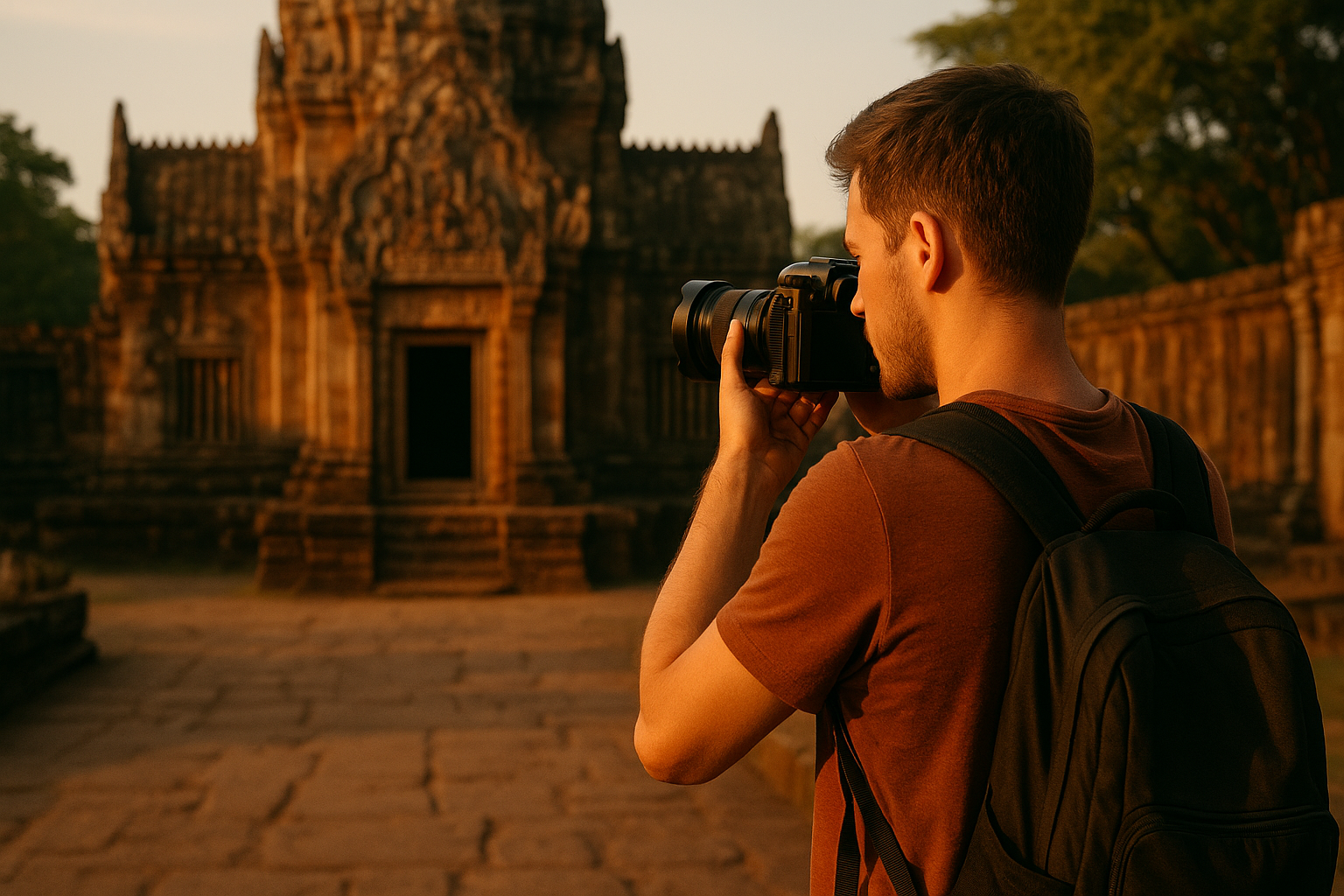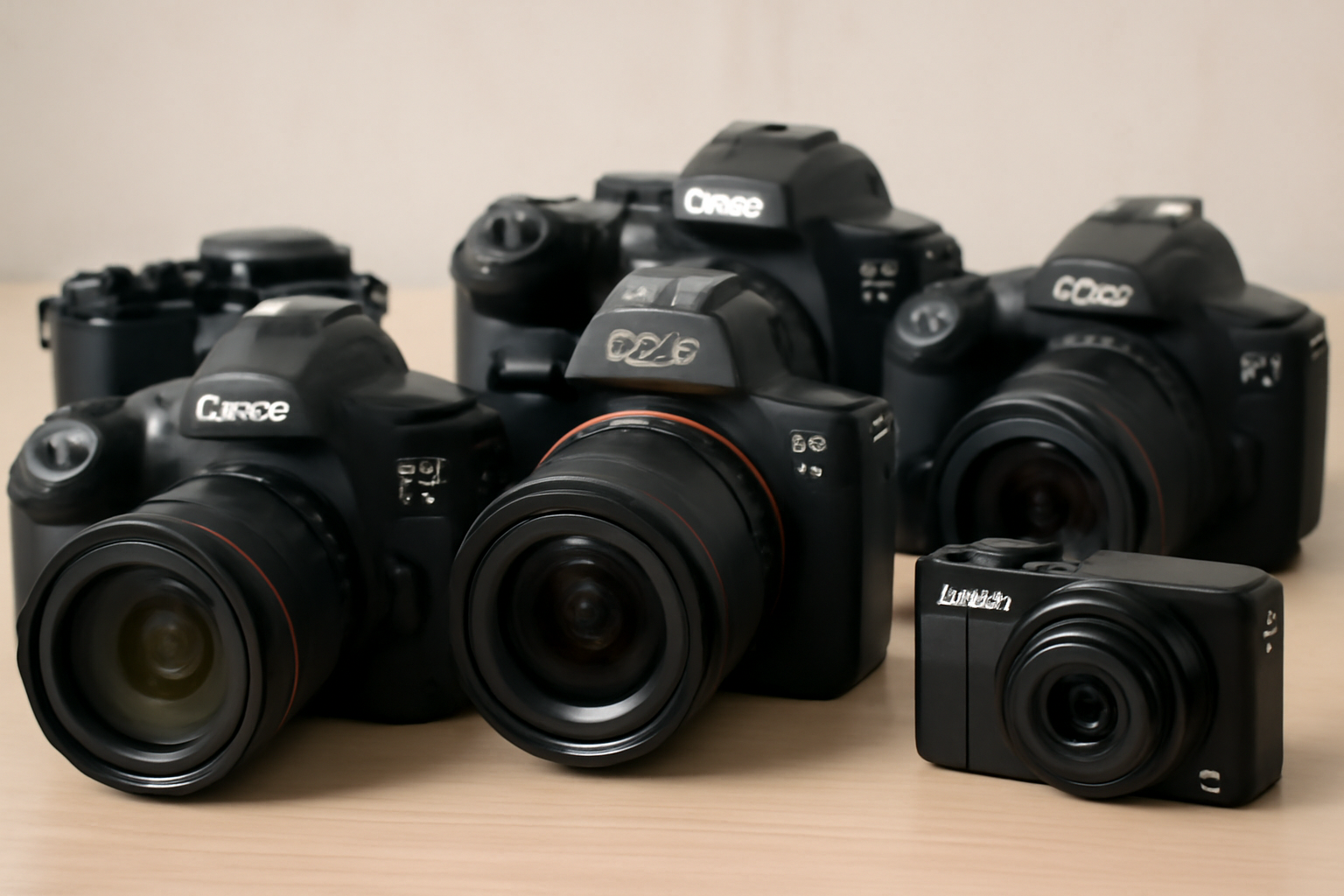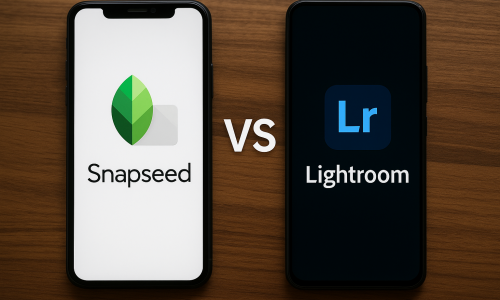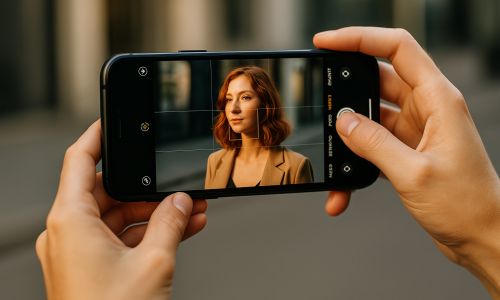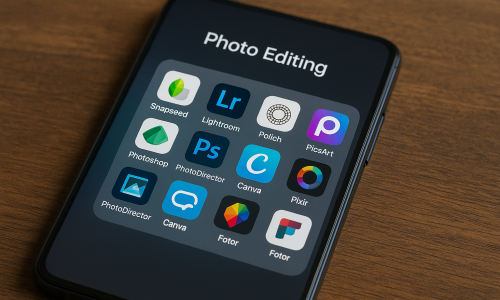Photographing cultural locations is one of the most rewarding challenges for travel photographers. These places are more than just visual experiences—they are repositories of memory, identity, and human achievement. From ancient ruins and sacred temples to vibrant festivals and historic neighborhoods, cultural sites offer the rare opportunity to capture stories that span generations. But photographing in these places requires more than just technical skill. It demands sensitivity, respect, awareness, and a thoughtful approach to composition and storytelling. Whether you’re documenting a centuries-old cathedral or the traditions of a local festival, your lens becomes a bridge between the past and the present. In this article, we’ll explore how to photograph in cultural locations with authenticity and artistry—bringing history and heritage to life in a way that informs, moves, and inspires your audience. Research Before You Arrive One of the most important steps in photographing cultural sites begins long before you take your camera out of the bag. Learning about the location’s history, religious significance, and social context will help you approach the space with the care and understanding it deserves. Read guidebooks, watch documentaries, or follow local historians on social media. Ask yourself: Understanding these nuances allows you to tell a deeper story through your images—one that goes beyond pretty architecture and into the heart of what the place represents. Always Respect Local Rules and Customs Cultural photography walks a fine line. While you’re aiming to capture history and tradition, you’re also often entering sacred, solemn, or private spaces. Many historical sites, places of worship, or heritage locations have strict photography policies, and these must be respected at all times. Some important things to keep in mind: When in doubt, put your camera down and observe. The stories you tell later will be richer because you took the time to understand the moment. Go Beyond the Postcard Shot Many cultural landmarks are photographed millions of times every year. The Eiffel Tower. The Colosseum. The Taj Mahal. It’s easy to fall into the trap of taking the same photo as everyone else. But meaningful cultural photography goes far beyond postcard clichés. Instead of just pointing your camera at the structure and clicking, ask: Try shooting from unexpected angles. Frame the building through a stone arch, capture a reflection in a puddle, or focus on the patterns of wear in centuries-old flooring. Use your composition to create a sense of presence—a feeling that someone viewing your photo could step into the scene. Incorporate People Thoughtfully Cultural heritage is not just about architecture and artifacts—it’s about people. Locals and visitors alike shape the atmosphere of these locations. Including people in your shots can add life, scale, and emotion. A monk sweeping the temple grounds. A grandmother lighting candles in a cathedral. Children running past colonial ruins. These interactions are real moments that show how history and modern life intertwine. But photographing people in cultural contexts requires great sensitivity. If someone is praying, mourning, or engaging in a ritual, put your camera away. There is no photo worth invading someone’s sacred moment. When photographing individuals up close, always ask permission. A smile and a respectful gesture often go a long way. And when people agree, take the time to thank them properly, maybe even show them the photo and offer to send a copy. Use Natural Light to Enhance Atmosphere Cultural locations often have dynamic natural lighting—shafts of light in ancient cathedrals, golden sun over stone temples, flickering candles in dark sanctuaries. These light sources create mood and help convey a sense of time and reverence. When photographing indoors, avoid flash. It can flatten the image and disturb the environment. Instead, raise your ISO, use a wide aperture, and steady your camera. In dark settings, embrace the shadows—they can add drama and authenticity. During sunrise or sunset, cultural buildings bathed in soft light often reveal texture and depth that’s invisible during midday. Plan your shoot to coincide with these golden hours for the most emotionally rich images. Pay Attention to Small Details Sometimes, the soul of a place is hidden in the tiny things others overlook—a cracked tile, a faded mural, the texture of a carved wooden door. These details speak volumes about the passage of time, the hands that built it, and the traditions still alive today. Zoom in on patterns, textures, symbols, and signs. Photograph the offerings left at a shrine, the carvings on an old bench, the embroidery on traditional clothing. These fragments tell the quiet stories that complete the larger cultural narrative. When combined with wide shots and portraits, detail shots help create a well-rounded visual story of the location and its heritage. Capture the Surrounding Community Cultural heritage doesn’t exist in a vacuum. Often, the towns, markets, and people surrounding a cultural site are just as vital to the story as the site itself. Don’t just shoot the monument—wander the streets, talk to locals, visit the nearby cafés and shops. You might discover a local artisan making hand-crafted souvenirs, or a musician playing traditional songs in a plaza. These candid moments often reflect the living, breathing culture that gives the site its true significance. This kind of photography is also a wonderful way to show how history is still alive today—not frozen behind ropes and glass, but part of daily life. Use Composition to Evoke Emotion Composition is a powerful tool for expressing how a place feels, not just how it looks. When photographing cultural locations, think about how lines, space, and framing can affect the emotional tone of the image. Cultural sites are full of emotional resonance. Your composition can help amplify that energy, making the photo not just a record, but a reflection of your personal experience there. Be a Storyteller, Not Just a Photographer Great cultural photography isn’t just about technique—it’s about storytelling. Ask yourself: What story do I want to tell with this image? Is it about the resilience of a people? The sacredness of tradition? The beauty of decay? Every photo you take should
How to Choose the Ideal Camera for Your Photography Journey
Photography is more than just capturing images; it’s about telling stories, freezing moments in time, and expressing your creativity through the lens. But before you can dive into the world of photography, one of the most crucial decisions you need to make is choosing the right camera. With so many options on the market, how can you ensure you pick the one that fits your needs? Whether you’re a beginner just starting out or an experienced photographer looking for an upgrade, selecting the right camera can be a daunting task. This guide will help you navigate the process with ease, offering practical advice, real-world examples, and expert tips to help you make an informed choice. Understanding Your Needs: What Will You Use Your Camera For? Before you even start comparing brands and models, it’s essential to ask yourself: what do I want to achieve with this camera? The right choice depends on the type of photography you plan to pursue. Here are some examples to help you define your needs: Types of Cameras: DSLR, Mirrorless, or Compact? When it comes to camera types, there are three main categories to consider: DSLRs (Digital Single-Lens Reflex cameras), Mirrorless cameras, and Compact cameras. Let’s break them down: 1. DSLR Cameras DSLRs have been the go-to choice for professional photographers for years. They offer excellent image quality, a vast selection of lenses, and robust features. The major advantage of DSLRs is the optical viewfinder, which gives you a real-time, lag-free image preview. However, DSLRs tend to be bulkier and heavier, which might not be ideal for casual users or travelers. DSLRs have their advantages, but they also come with a few drawbacks. For instance, the optical viewfinder can be limiting when trying to frame shots in tricky lighting conditions. Additionally, while the build quality of DSLR cameras is often robust, they can become heavy and cumbersome during extended shooting sessions, especially when carrying multiple lenses and accessories. 2. Mirrorless Cameras Mirrorless cameras have gained significant popularity due to their lightweight, compact design and excellent video capabilities. As the name suggests, they don’t have a mirror, which makes them smaller and quieter. Most mirrorless cameras also offer live view on the LCD screen or electronic viewfinder, allowing you to see a preview of your shot before clicking. Mirrorless cameras, especially in recent years, have closed the performance gap with DSLRs. They offer incredible autofocus systems, excellent image quality, and a compact size that makes them more portable. The downside? The battery life can be shorter than that of DSLRs, as mirrorless cameras rely heavily on electronic viewfinders and LCD screens, which drain power faster. 3. Compact Cameras Compact or point-and-shoot cameras are the simplest and most budget-friendly option. They are portable, user-friendly, and typically come with built-in lenses that cover a wide range of focal lengths. While they don’t offer the same level of image quality or versatility as DSLRs or mirrorless cameras, they are perfect for beginners or casual photographers. Compact cameras, while easy to use, are typically limited in terms of control and customization. You won’t have the same level of manual control over settings like exposure, aperture, and shutter speed as you would with more advanced models. However, for users who simply want to take great photos without much hassle, a compact camera is an excellent choice. Key Features to Consider When Choosing a Camera Once you’ve decided on the type of camera that suits your needs, it’s time to dive into the specifications. There are several key features you should pay attention to when choosing your camera: 1. Sensor Size The size of your camera’s sensor plays a crucial role in the quality of your images. Larger sensors capture more light, which leads to better image quality, especially in low-light conditions. Full-frame sensors, found in many professional DSLRs and mirrorless cameras, offer the best performance, but they also come with a higher price tag. APS-C sensors, found in most entry-level models, provide great quality at a more affordable price. Full-frame sensors are often favored by professionals because of their shallow depth of field, which allows for beautiful bokeh effects (the out-of-focus areas of a photo). If you’re shooting portraits, a full-frame sensor is great for isolating your subject from the background. However, APS-C sensors, while smaller, are still capable of producing stunning images and are ideal for those starting in photography. 2. Megapixels Megapixels refer to the resolution of the images your camera can produce. While it’s tempting to opt for the camera with the highest megapixel count, it’s important to note that higher megapixels don’t always translate into better image quality. A higher megapixel count is useful for large prints or cropping, but a well-rounded camera with a good sensor and lenses is often more important than sheer megapixel count. For most photographers, 20–24 megapixels is more than enough for daily use. If you’re planning to print large photos or crop your images extensively, a higher megapixel count might be beneficial. But for casual users, it’s more about getting a balanced system that works for your needs. 3. Autofocus For many types of photography, fast and accurate autofocus is a must-have feature. Look for a camera with a reliable autofocus system, especially if you’re photographing fast-moving subjects like wildlife or sports. Mirrorless cameras, in general, tend to have faster autofocus systems, though some DSLRs also perform exceptionally well in this area. It’s worth noting that autofocus technology is advancing rapidly, and some cameras now come with eye autofocus—a feature particularly useful for portrait photographers who want to ensure the subject’s eyes are in perfect focus, even if they’re moving. If you’re into action or wildlife photography, look for a camera with continuous autofocus and fast subject tracking capabilities. 4. Video Capabilities If you plan to use your camera for video work, consider its video specifications. Look for cameras that offer at least 1080p resolution (Full HD), but 4K video is becoming a standard in more advanced models. You’ll also

